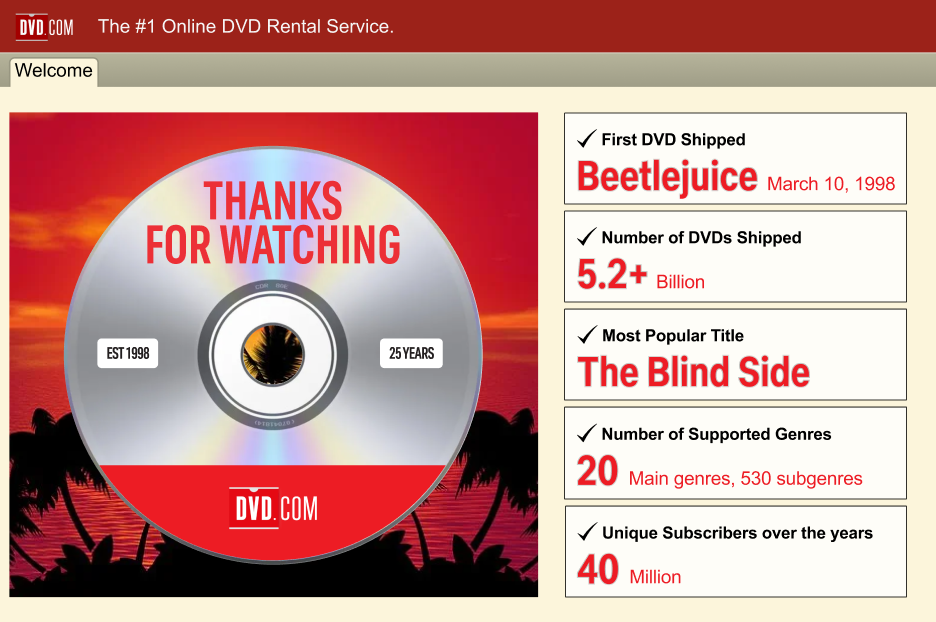Godzilla and
Godzilla Raids Again — two novellas based on Toho's first two Godzilla movies — were
finally published in an English translation this month.
Both were written by science fiction author Shigeru Kayama, "who also penned the original scenarios from which the films in question were based,"
according to Our Culture magazine. And the book's translator calls Kayama both "a figure who is a little bit like Philip K. Dick in this country" and "the
key person who developed the contours of the Godzilla story. I think it is no exaggeration to say that he perhaps the closest to being Godzilla's real father than anyone else. Without him, the monster we have today wouldn't exist."
The original Godzilla film is a deeply powerful, mournful film that isn't just about a big monster stomping on buildings. It is a serious reflection on Japan's nuclear fears during the Cold War, which left it caught between heavily armed superpowers. Japan recognized that radioactive weapons of mass destruction being developed by the U.S. and U.S.S.R were threats that had the power to suddenly emerge and destroy its citizens and cities at any moment — like Godzilla. We should remember that in the film, it was hydrogen bomb testing in the Pacific that disturbed Godzilla, who then took revenge for his destroyed habitat by trampling Tokyo and blasting it with atomic rays...
Interestingly, in the novellas that I've translated, Kayama sometimes restored elements that the director and his assistants removed in the moviemaking process. Perhaps the most noticeable one is that in the scenario, Kayama wanted to begin with a long voice-over that talks directly about the horrors of atomic and hydrogen bombs. He envisioned that as the voice was speaking, the screen would show images from historical footage of Hiroshima and Nagasaki, as well as images of the tremendously unlucky (and ironically named) fishing vessel Lucky Dragon No. 5, which accidentally found itself in the path of an H-bomb test in the South Pacific in early 1954. (The horrific fate of this boat directly inspired the producer at Toho Studios to make the film.)
However, the director of the film, Ishiro Honda, and his assistant who helped with the screenplay both felt that this kind of direct commentary was too direct for a popular film, and so they toned down the "protest" element in the story. It's clear that they, like Kayama, wanted Godzilla to serve as a monstrous embodiment of radiation and all of the destruction that it could bring, but they also didn't point fingers at the U.S. military which had dropped the atomic bombs on Hiroshima and Nagasaki and was busily developing even more horrifying weapons. After all, the U.S.S.R. had built its own arsenal, and so nuclear weapons no longer belonged to a single country — the threat was broader than that. Plus, protest films rarely attracted a big, popular following. So, Honda and his crew toned down the outspoken language and imagery, but there was still imagery left enough for viewers in 1954 to recall Hiroshima, Nagasaki, and the Lucky Dragon. Interestingly, when Kayama published the novellas, he included an author preface that talks about the anti-nuclear movement and encourages readers to read Godzilla and Godzilla Raids Again as his contribution to that movement.
Next the translator hopes to create an English translation of the novel
The Luminous Fairies and Mothra.
But for this book, he struggled with how to assign a gender to Godzilla. "Some people feel very viscerally, like the people at Toho studios feel very strongly that Godzilla is an 'it' and not a 'he' or 'she' or 'they,'" he
told MovieWeb. "I kind of give my rationale for that choice in the afterward — Kayama thought about Godzilla as a stand-in for the nuclear bomb, and it was men in America who were developing the hydrogen bombs that frightened Japan so much in 1954. So maybe it's perhaps not inappropriate to call Godzilla 'he.'"










